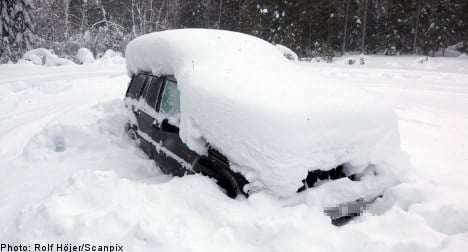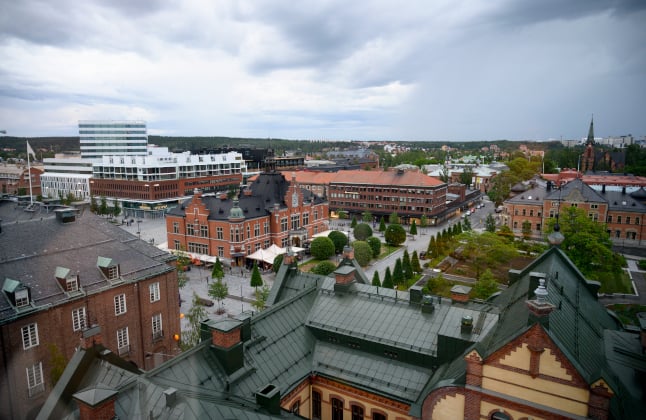The man, named in media reports as Peter Skyllberg, hails from near Örebro in central Sweden and was discovered on Friday by a pair of passing snowmobilers who had stopped to inspect what they thought was an abandoned car in a forest trail outside of Umeå in northern Sweden.
When emergency services arrived they found a severely emaciated man who claimed to have been living in the frozen car since December without any food.
“”It’s just amazing he’s alive!” Västerbotten County police spokesperson Ebbe Nyberg told the AFP news agency.
The man was immediately taken to hospital, which gave word on Sunday that he was doing well under the circumstances
Meanwhile, the seemingly impossible survival story has sparked global media attention and left many wondering not only how the man could have survived in his frozen car for two months, but also why he ended up there in the first place.
“We don’t know why he didn’t try to leave,” Nyberg told the Svenska Dagbladet (SvD) newspaper.
The man claimed he last had food on December 19th and survived by sticking his hand out the car window to grab handfuls of snow from the roof.
One source told the Aftonbladet newspaper that the man also survived on lip balm and soft drinks.
While surviving for so long under such conditions is unlikely, Stefan Branth, a doctor at Uppsala University Hospital, explained that the human body has an incredible capacity for survival.
“You can live for a month [without food]. Two months is extreme, but not impossible. But they really must have found him at the last minute,” he told the paper.
The cold temperatures may have also slowed down the man’s metabolism in what some experts call the “igloo effect”.
According to Aftonbladet the man lived a “totally normal” life until late last year when something happened that “changed the man’s life”.
“He had a girlfriend, but they broke up. And then he ran into trouble paying his bills and the rent,” a source told the newspaper, which reported the 44-year-old was 1.6 million kronor ($240,000) in debt.
The man’s father told the newspaper his son hadn’t had contact with his family in 20 years, explaining in part why he was never reported missing throughout the ordeal.
A neighbour of the 44-year-old told SvD that the man had a difficult time dealing with the break up and his economic troubles.
“The whole situation became too much for him. He just left,” the neighbour told the newspaper.
Meanwhile, local police, who were the first to be alerted of the man’s whereabouts, have stated that the event is no longer a police matter.
“There has been no crime committed as far as we are concerned; we closed the case on Friday afternoon,” Peter Jonsson of the Umeå police told The Local.



 Please whitelist us to continue reading.
Please whitelist us to continue reading.
Member comments